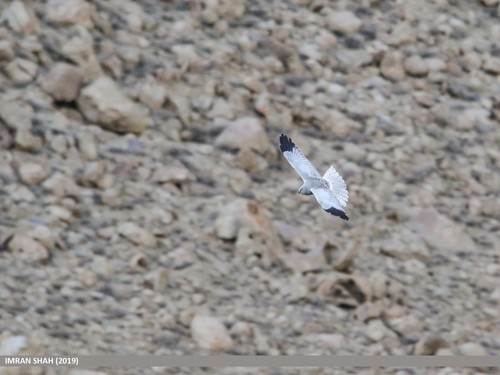Hen Harrier
A species of Harriers Scientific name : Circus cyaneus Genus : Harriers
Hen Harrier, A species of Harriers
Botanical name: Circus cyaneus
Genus: Harriers
Content
Description People often ask General Info
 Photo By gilgit2 , used under CC-BY-SA-4.0 /Cropped and compressed from original
Photo By gilgit2 , used under CC-BY-SA-4.0 /Cropped and compressed from original Description
A medium size raptor, the hen Harrier often holds its wings in a V-shaped pattern. It is primarily found in open areas that include swamps, marshes, and grasslands where it hunts for small prey that includes rodents, amphibians, and reptiles. Some native American cultures believe seeing the raptor on your wedding day is a sign the marriage will be long and happy.
Size
52 cm
Colors
Brown
Black
Gray
White
Life Expectancy
17 years
Nest Placement
Ground
Feeding Habits
Hen Harrier predominantly consumes small mammals, which make up about 95% of their diet. They also hunt birds like sparrows and pipits, and occasionally feed on amphibians, reptiles, insects, and even bats. Unique adaptations include the ability to drown larger prey like rabbits and ducks for consumption.
Habitat
Hen Harrier predominantly inhabits open landscapes such as moorlands, bogs, prairies, marshes, grasslands, swamps, and agricultural fields like rye, wheat, and alfalfa. Preferring flat or gently undulating terrains, they can also be found in young conifer plantations and wetlands, extending their range to tundra regions in colder and more northerly areas. Although they generally roost on the ground, hen Harrier may perch on poles, trees, or rocks, and during non-breeding seasons, they can gather in traditional roosts, occasionally in large numbers.
Dite type
Carnivorous
People often ask
General Info
Feeding Habits
Bird food type
Behavior
This is a typical harrier, which hunts on long wings held in a shallow V in its low flight during which the bird closely hugs the contours of the land below it. Northern or hen harriers hunt primarily small mammals, as do most harriers. Up to 95% of the diet comprises small mammals. However, birds are hunted with some regularity as well, especially by males. Preferred avian prey include passerines of open country (i.e. sparrows, larks, pipits), small shorebirds and the young of waterfowl and galliforms. Supplementing the diet occasionally are amphibians (especially frogs), reptiles and insects (especially orthopterans). The species has been observed to hunt bats if these are available. Larger prey, such as rabbits and adult ducks are taken sometimes and harriers have been known to subdue these by drowning them in water. Harriers hunt by surprising prey while flying low to the ground in open areas, as they drift low over fields and moors. The harriers circle an area several times listening and looking for prey. Harriers use hearing regularly to find prey, as they have exceptionally good hearing for diurnal raptors, this being the function of their owl-like facial disc. This harrier tends to be a very vocal bird while it glides over its hunting ground. 
Species Status
Not globally threatened.